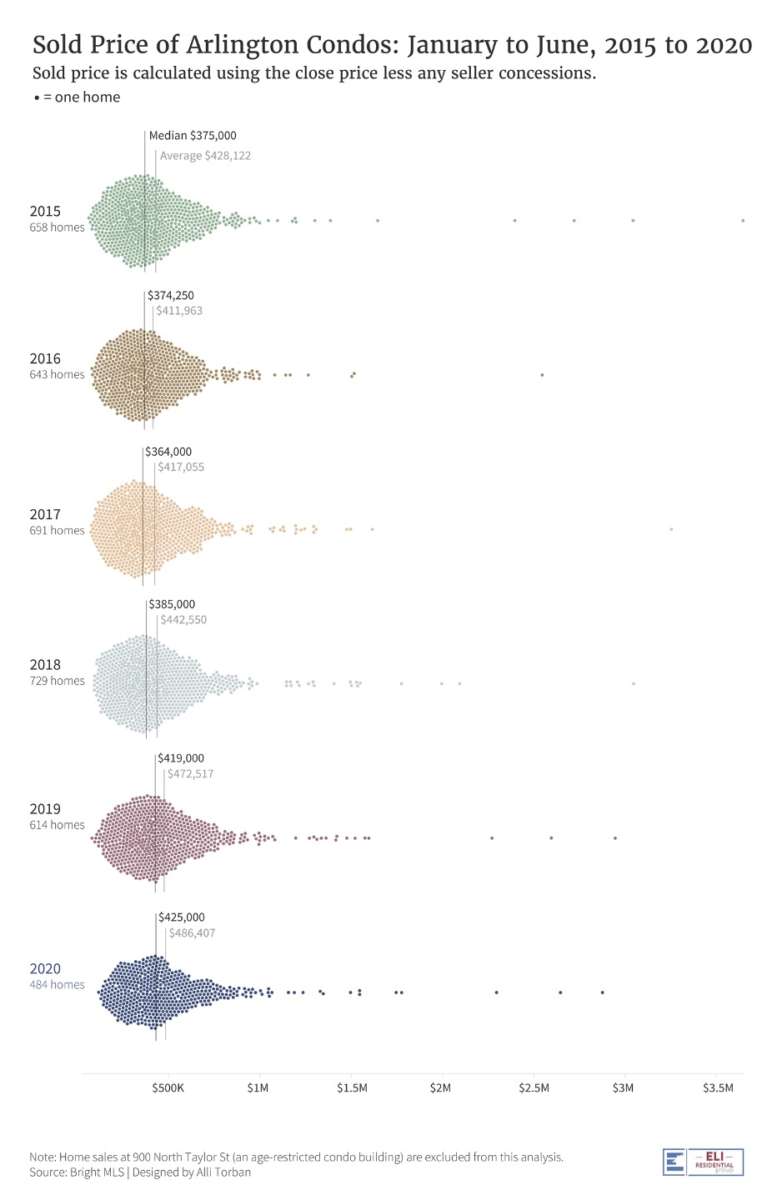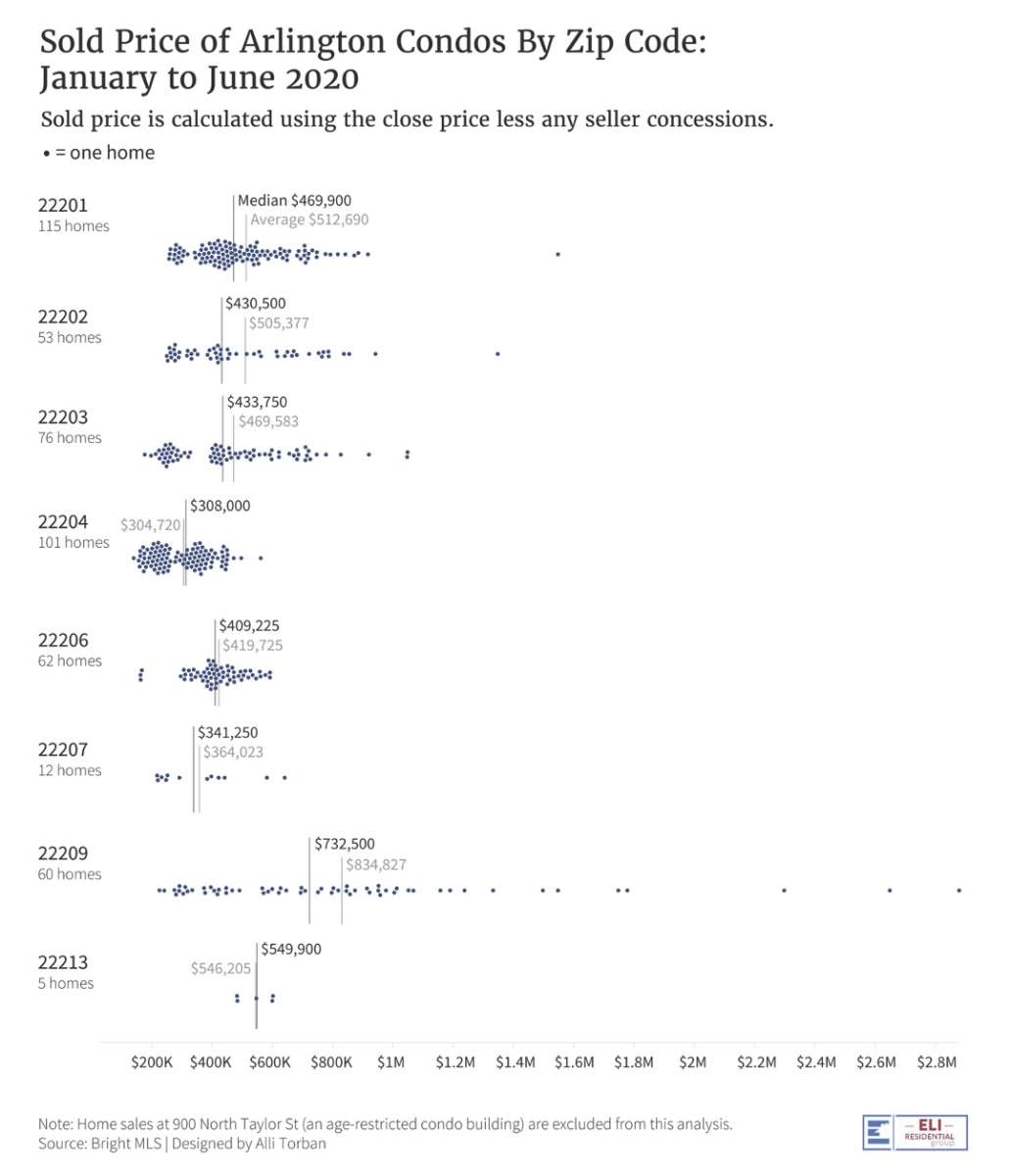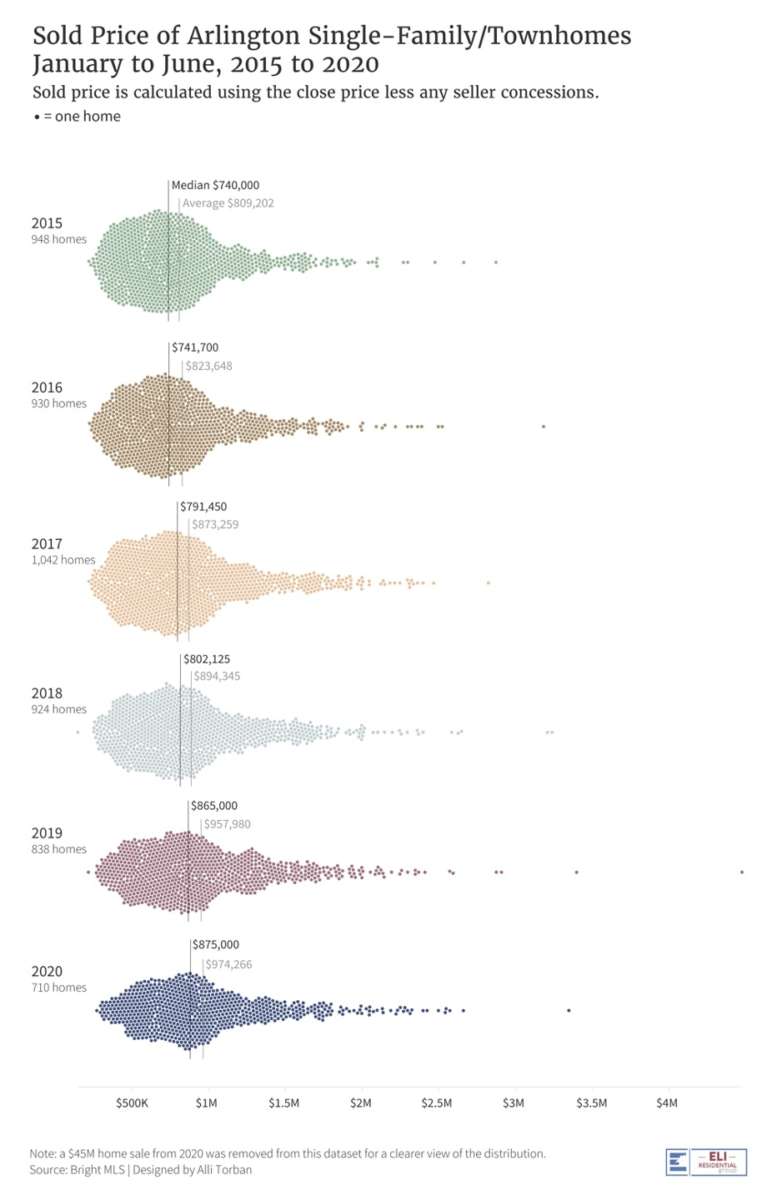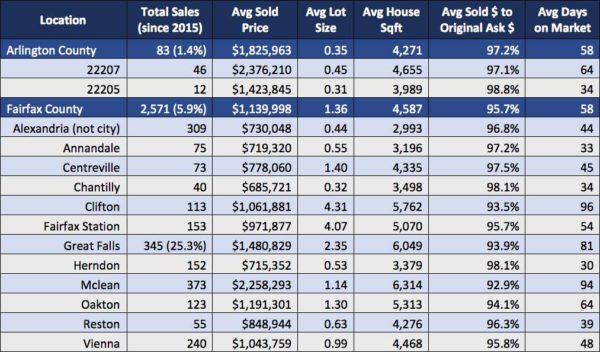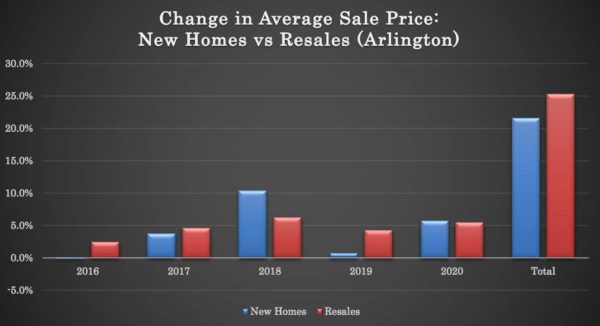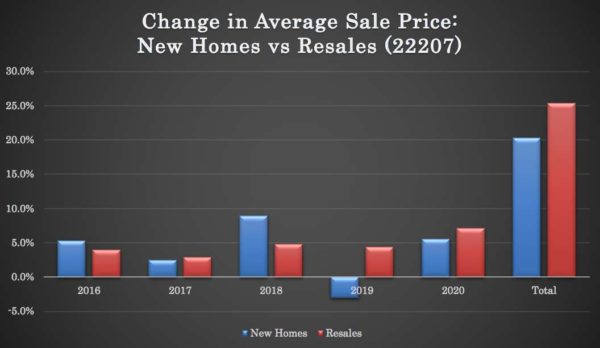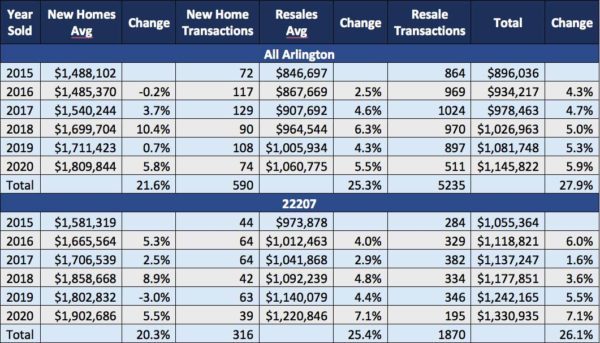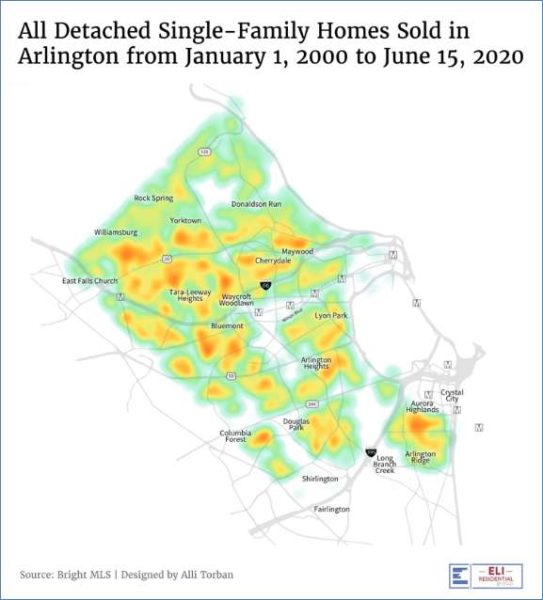This regularly-scheduled sponsored Q&A column is written by Eli Tucker, Arlington-based Realtor and Arlington resident. Please submit your questions to him via email for response in future columns. Enjoy!
Question: My neighbor is mowing a portion of the lawn I thought was mine, but my neighbor claims it is his. Is this something I can prove through my title work?
Answer: Clients often ask me whether or not they should purchase a property survey, which is optional, when they buy their home. I think that in almost every case it is worth the relatively small investment (usually about $300-$400 for a standard survey). I was chatting with the folks at Universal Title, my preferred title company in Northern Virginia (they also serve D.C. and MD), and heard a story about somebody who did not order a survey and ended up incorrectly assuming that a section of land was theirs.
Given how frequently I am asked about ordering surveys, I thought it was a good opportunity to share the story and provide some reasons why it’s a good idea to order a survey when you buy a home. Take it away Universal Title…
A new homeowner noticed a neighbor mowing part of her front lawn. When she asked the neighbor why he was mowing her lawn, the neighbor replied the property he was mowing belonged to him, even though the line of trees separating the two houses looked as if the property belonged to the new homeowner. She called her title agent and found out the neighbor was correct. “How can that be? Didn’t you search my property?”
Unfortunately, the new homeowner did not understand the difference between a title search and a survey and failed to purchase a survey. A title search confirms ownership of property, but it does not show the details of the property location.
A survey is a map of real property that shows where the property is located on the earth, the boundary lines of the property, the improvements on the land and access to the property.
Five Great Reasons To Purchase A Survey
- Undisclosed Rights and Easements: You may own your new home and its surrounding land, but someone else might have a right to use a portion of your property. A survey will show physical evidence of the rights of others to use your property for access, parking, utilities and other situations.
- Undiscovered Encroachments: A survey may be the only way to tell if a third party holds a claim to part of your property because their improvements such as a garage, fence, or swimming pool, are on your land.
- House Built on Incorrect Lot: It may seem impossible, but sometimes a house is built on the wrong lot. A survey provides peace of mind by showing the exact location of the house you are buying.
- Size of the Property: A survey shows the exact dimensions of the property’s boundary lines and how much land is included within those lines.
- Adding on in the Future: Many residential platted lots have building restrictions known as setbacks which prohibit building anything within a certain distance from the boundary lines. If you are thinking of adding on in the future, a survey will help you determine if the property is right for both your current and future plans.
Thank you for sharing the story and information Universal Title. I’d also like to add that you can order a survey at any time if you did not do so when you purchased. If you are in need of a survey, planning to sell or purchase a home and would like to work with a great Title company, or have title questions in general I highly recommend reaching out to Universal Title.
If you’d like a question answered in my weekly column or to set-up an in-person meeting to discuss local real estate, please send an email to [email protected]. To read any of my older posts, visit the blog section of my website at www.EliResidential.com. Call me directly at (703) 539-2529.
Eli Tucker is a licensed Realtor in Virginia, Washington D.C., and Maryland with RLAH Real Estate, 4040 N. Fairfax Dr. #10C Arlington, VA 22203, (703) 390-9460.




